
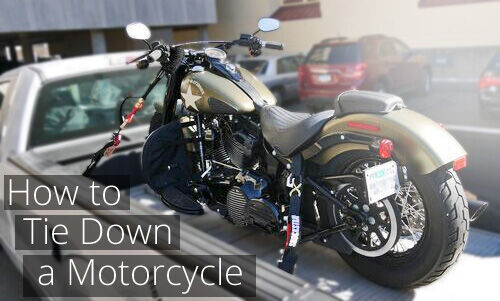
How to Tie Down a Motorcycle
Gather the necessary equipment Ratchet tie-down straps Soft loops Anchor points (D-rings, E-track anchors) Wheel chock (Optional but recommended)
Load motorcycle onto trailer or truck Rest motorcycle on kickstand or wheel chock Pass soft loop straps securely around handlebars Attach tie-down hooks to soft loops Attach opposite tie down hooks to anchor points Tighten the straps until all the slack is gone
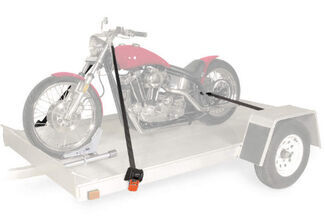
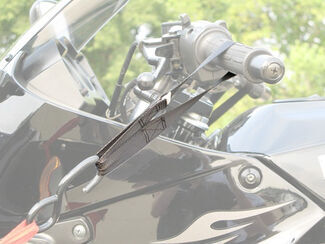
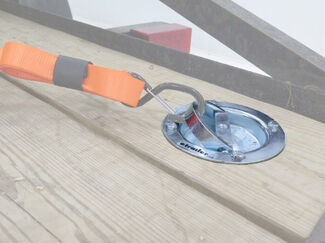
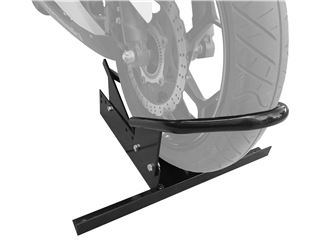
How much weight can a ratchet strap hold?
Step 2. Load motorcycle onto trailer or truck
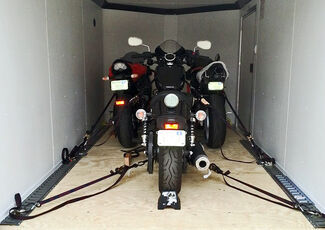
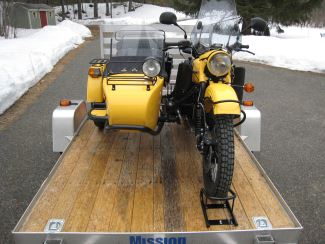
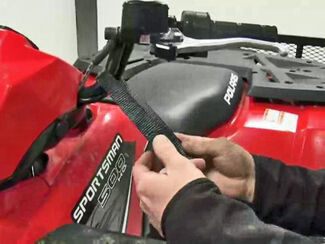
Step 5. Attach tie-down hooks to soft loops
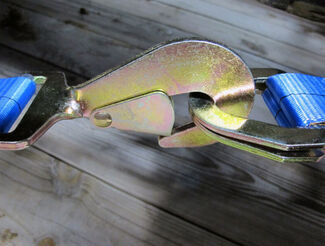
Step 6. Attach opposite tie down hooks to anchor points
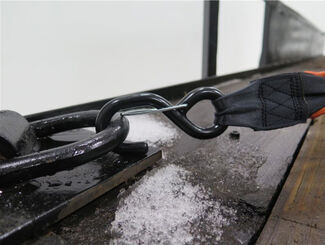
Step 7. Tighten the straps until all the slack is gone
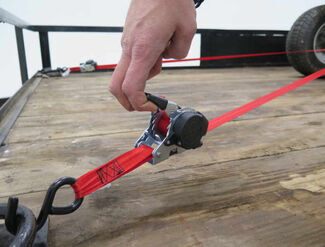

Departments
Towing
- Trailer Hitch
- Fifth Wheel
- Gooseneck
- Towing a Vehicle
- Front Hitch
- RV Hitch
- ATV Hitch
- HD Truck Hitch
- Vehicle Wiring
- Brake Controller
- Ball Mounts
- Weight Distribution
Sports and Recreation
Trailer Parts
- Utility Trailer
- Boat Trailer
- Landscape Trailer
- Enclosed Trailer
- 5th/Camper Trailer
- Car Hauler
- Horse Trailer
Vehicle
Contact & Help

What our customers are saying:
"Very helpful/friendly Customer Service. Competitive Pricing. Shipping was Fast."
John
Mankato, MN
Popular Vehicles
- Subaru Forester
- Ford F-350 Super Duty
- Ford F-250 Super Duty
- Chevrolet Silverado 1500
- Jeep Wrangler Unlimited
- Jeep Wrangler
- Ram 3500
- Toyota Highlander
- Ram 2500
- Chevrolet Silverado 2500
- Subaru Outback Wagon
- Chevrolet Silverado
- Dodge Ram Pickup
- GMC Sierra 2500
- Ram 1500
- Ford F-250 and F-350 Super Duty
- Jeep Grand Cherokee
- Toyota Tacoma
- GMC Sierra 3500
- Toyota Tundra
- Ford Escape
- More >>


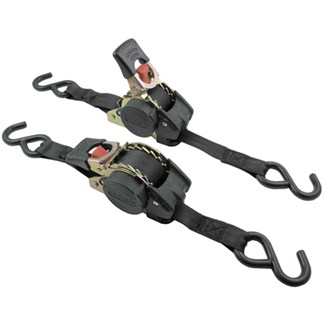
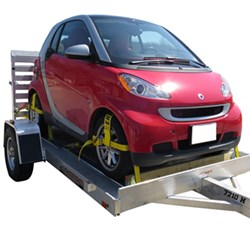
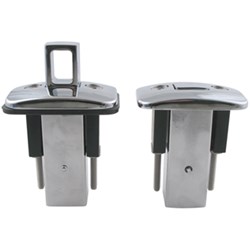
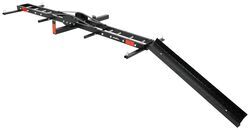

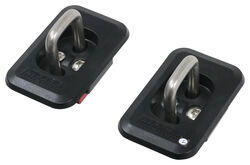





















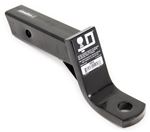



Bill
2/18/2023
Once the bike is in place and strapped down,check the straps at each stop,getting gas ,lunch,just look for any thing loose or out of place.If the you are racing or doing track days,the tires will cool and change the tension on the straps.